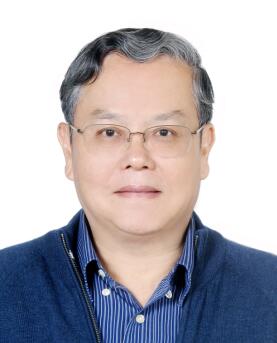Abstract—In order to mitigate the adverse impacts of climate change, CO2 captured from carbon emitters like coal-fired power plants may be stored in deep saline aquifers. This action may cause pressure changes, which affect subsurface volumes. The main purpose of this study is to evaluate the pressure changes during CO2 sequestration in CO2storage formation embedded in a sequence of aquifers and aquitard of the Qianjiang depression area. In order to demonstrate the transient pressure, we have conducted TOUGH2 modeling of CO2 injection into closed formations of different thicknesses assuming impermeable boundaries. A 2-D radially symmetric model was developed to represent a CO2 storage site in the Qianjiang depression area. The storage formation into which CO2 is injected is 120 m thick and located at a depth of about 1530 m below the ground surface. The CO2 injection thickness was 25m from the bottom of the storage formation. Carbon dioxide is injected into a zone of 71 m radial extent representing a few distributed wells. Injection occurs at an annual rate of 1* 10 7 tonnes of CO2 representing six times the CO2 rate captured from a medium-size-coal-fired power plant. The simulation runs cover a time period of 100 years altogether, comprising the 20-year injection period and 80-year post-injection period. Our simulation results indicate that interlayer pressure propagation through a sequence of aquitard/aquifer will not affect the top aquifer except for the case when seal permeability was 9 * 10-18 m2, after 100 years the pressure perturbation reached the upmost aquifer .Placing a barrier (fault) at a distance of 10 km have shown that the flow barrier started affecting pressures after about 1 month and 24 days and the pressure increase were very high, about 150 bars after 20 years.
Index Terms—Aquitard/Aquifer, Depression area , Pressure Buildup, Qianjiang, TOUGH2.
[PDF]
Cite: Telesphore Kabera and Yilian Li, "Impact of CO2 Injection in Deep Saline Aquifers: A study on Pressure Evolution in Stratified Formation of Qianjiang sag, China," International Journal of Chemical Engineering and Applications vol. 2, no. 2, pp. 121-129, 2011.



